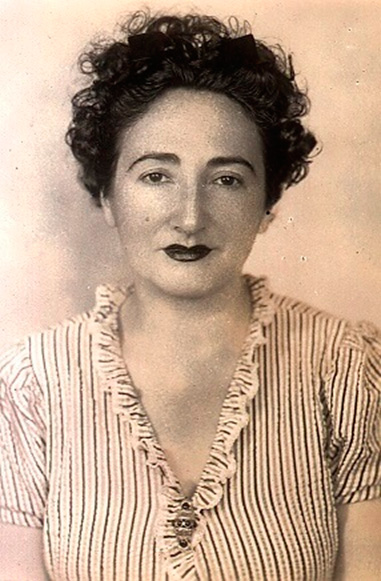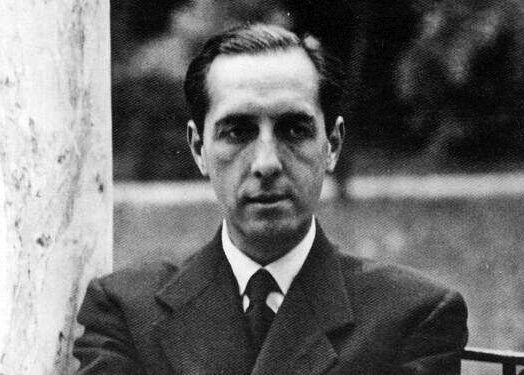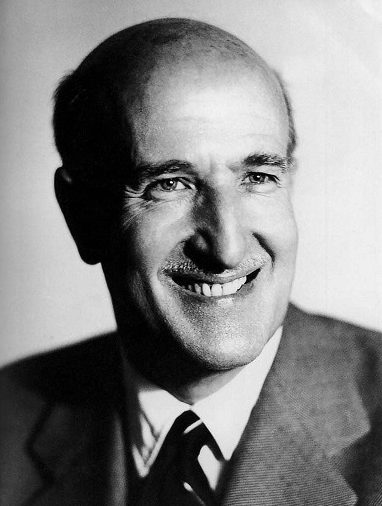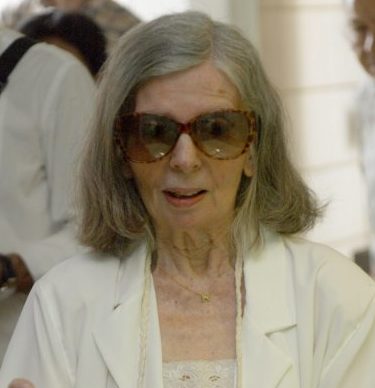Spanish writer of the Generation of ’27, grandniece of the writer José Zorrilla and contemporary of Federico García Lorca.
She was born in Valladolid on June 3, 1898. Her family educated her in a cultured and free-thinking environment without her attending school for health reasons. She was taught by her mother, who was a teacher, in the family home. In 1908, the family moved to Madrid, to the Maravillas neighborhood (where her grandmother lived), which gave its name to one of her novels. She enrolled in the School of Arts and Crafts and later in the Women’s Home and Professional School. In 1915, she attends the School of Fine Arts in San Fernando, but abandons her sculpture studies in the third year. She meets Valle-Inclán and the painter Timoteo Pérez Rubio, responsible for the transfer of Spanish artistic heritage to Geneva during the Civil War, whom she marries in 1921 and with whom she has a son. These are years in which she frequents the literary tertulias and the Madrid cultural Center and there she gives her first lecture with the title The Woman and her Possibilities. She also begins to collaborate in the magazine Ultra and to relate to intellectuals such as Unamuno, Gómez de la Serna, Juan Ramón Jiménez or José Ortega y Gasset whom she will always consider as her teacher.
In 1930, she began to collaborate in the Revista de Occidente writing short stories and an article entitled Outline on the Practical and Current Problems of Love in which she criticizes the marginalization of women by Simmel and Jung’s theories on sexual difference.
In 1922, she and her husband moved to Rome. She spent five years traveling in Europe. These years of absence prevented her from participating in the activities of her generation, although when she left she was already imbued with the ideas of Ortega and the artistic avant-garde. In 1930, she began to collaborate in the Revista de Occidente writing stories and an article entitled Outline on the Practical and Current Problems of Love in which she criticizes the marginalization of women by Simmel and Jung’s theories on sexual difference. In 1930, she published Station. Round Trip. Ortega commissioned him to write the biography of Teresa, Espronceda’s lover, which was finally published in Buenos Aires in 1941. Altolaguirre publishes in Héroe the book of sonnets At the Edge of a Well, with a prolog by Juan Ramón Jiménez.
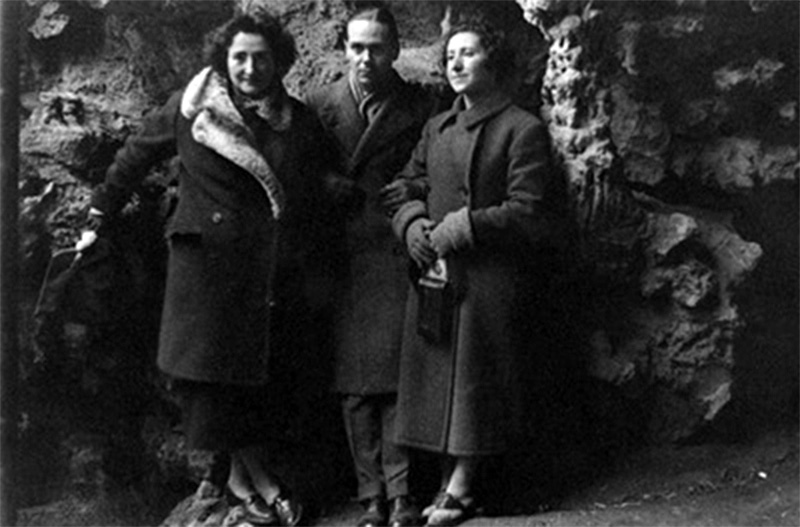
During the Civil War she worked as a nurse and collaborated with publications in support of the Republic until she had to leave Madrid and go to Barcelona, Valencia and finally Paris. In 1939, she began her American exile in Rio de Janeiro and Buenos Aires. During this period she continued with her literary activity although she went through moments of creative and economic crisis. In 1959, she obtained a grant from the Guggenheim Foundation that allowed her to live in New York for two years and write an essay that she published in 1970, Saturnal. Although she goes to Spain on short visits with a grant from the Juan March Foundation to finish Marvel District, it was not until 1977, the year her husband dies, when she settles permanently in Spain where she continues to write, publish and republish her works.
The University of Valladolid awards her the degree of Doctor Honoris Causa and she obtains the Critics’ Prize in 1976 for Marvel District. In the 1980s, again beset by economic hardship, she wrote the scripts for a television series based on her novel Teresa, which, however, was never filmed.
In 1987, she received the National Prize of Arts and her work Memories of Leticia Valle was made into a film.
She died in Madrid in 1994 and is buried in the cemetery of Valladolid, in the Pantheon of Illustrious Persons. The publication of her diaries has completed a work that is already a moral autobiography of the author and her time.
